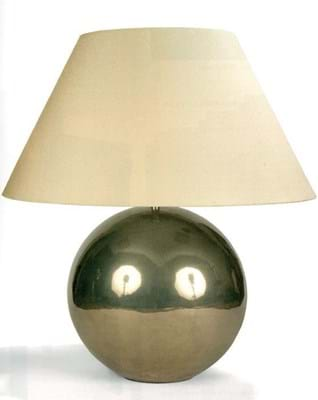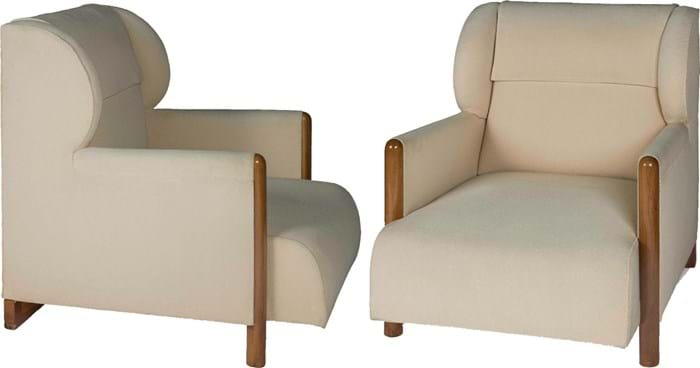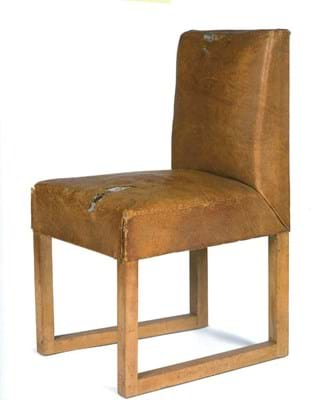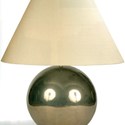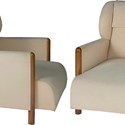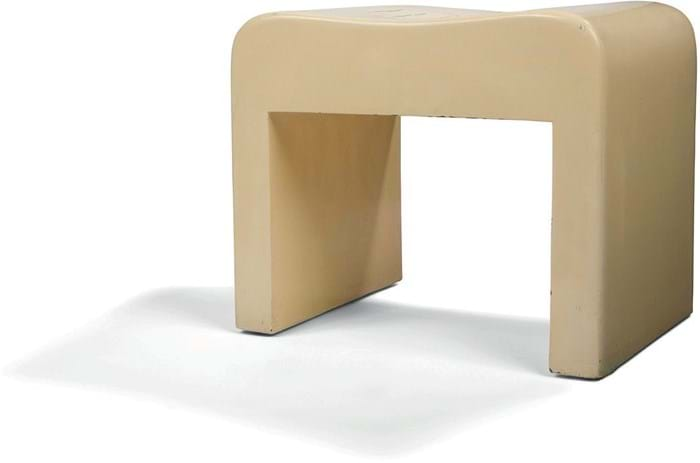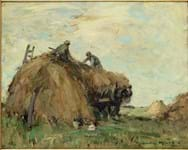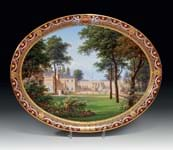The Villa Cavrois is considered to be one of the key inter-war modernist domestic buildings in France, ranking alongside Le Corbusier’s Villa Savoye and Eileen Gray and Jean Badovici’s Villa E10127.
It was the creation of the architect and designer Robert Mallet-Stevens, one of the founders of the UAM (Unions des Artistes Modernes).
A nephew of the wealthy Belgian financier Alphonse Stoclet, Mallet-Stevens’ design was influenced by the avant-garde Palais Stoclet which the pioneering Viennese architect and Josef Hoffmann created in Brussels for his uncle.
The Villa Cavrois, which is in Croix, northern France, was commissioned by Paul and Lucie Cavrois and, like Hoffmann’s masterwork, it was conceived as a total artwork. Described as a modern castle, Mallet-Stevens not only designed the building but also the interiors and the furniture.
The furnishings for each room were made from a different wood (walnut for the sitting room, palmwood for the bedroom and pearwood for the study), creating homogenous and distinctive interiors.
In 1985, after the death of Mme Cavrois, her heirs sold the building and dispersed the contents. Despite being classed as an historic monument in 1990, the villa fell into disrepair until it was purchased by the state in 2001.
An extensive programme of restoration took place and it was opened to the public in 2015. The state has progressively attempted to refurnish the villa and it had a golden opportunity to add a substantial element of original contents this month.
Original furnishings
An auction at the Drouot in Paris held by Ader (28% buyer’s premium inc VAT) on December 7 featured no fewer than 18 items from the villa in nine lots. Unlike many of the furnishings which have changed hands several times since they were sold off, all bar two of these were purchased by their vendor at the original 1985 dispersal.
On offer were an impressive sideboard or enfilade in palmwood; a set of nine chairs created for the dining room; a pair of armchairs à oreilles; a chair created for M Cavrois’ office; a spherical nickelled brass table lamp and two black lacquer stands and two white lacquered stools from the bathrooms (the stools had come from a different vendor).
In France national museums and institutions have the right to pre-empt lots offered at auction, stepping in to claim them after the fall of the hammer at a price determined by the bidding.
The Centre des Monuments Nationaux, which was responsible for restoring the Villa Cavrois, claimed virtually all (15) of the items at Ader, spending a premium-inclusive total of €323,840. The items will now go back to the villa.
Its most expensive individual piece was the lamp which cost an impressive €65,000 (£58,035) hammer price followed at €60,000 (£53,570) by the armchairs with their distinctive curved ear-shaped sides.
The single chair from the study in a striking cubist design combining pearwood with part original leather upholstery realised €30,000 (£26,785). Two lots, the black lacquer stands from one of the bathrooms, failed to get away.
Groult tables

The top-priced lot in the Ader sale at €100,000 (£89,285) was this set of three occasional tables designed by André Groult c.1920.
The top price in the 162-lot auction of 20th century decorative arts, which ranged from Art Nouveau era pieces through to designs by the Lalannes and Philippe Hiquily, was paid for a work by another interwar designer: André Groult.
His rare set of three stacking occasional tables from c.1920-21, in palisander with shagreen and ivory decoration, sold for €100,000 (£89,285).
£1 = €1.12


